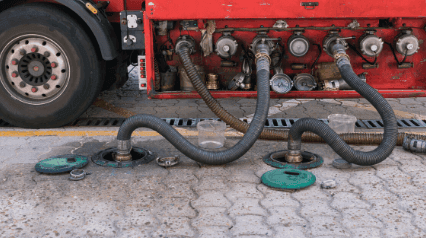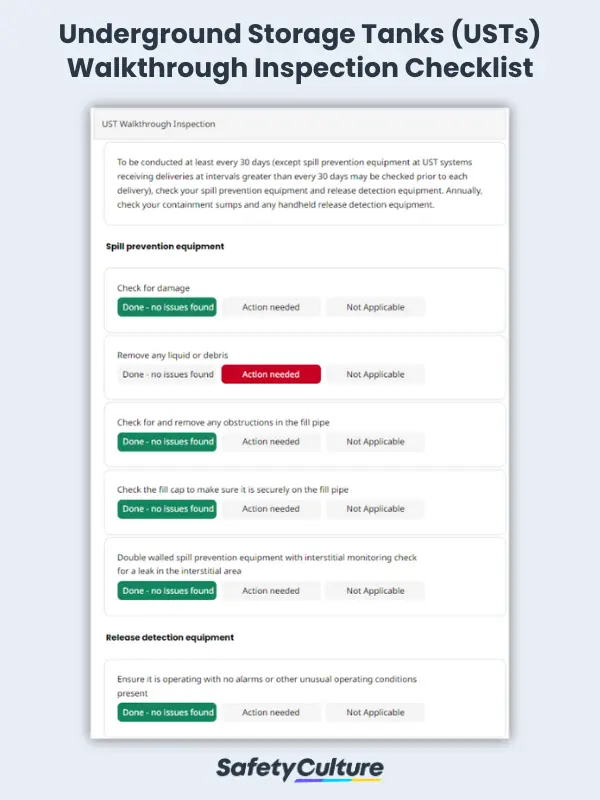What are Underground Storage Tanks (UST)?
Underground storage tanks are tanks that store 10% or more of their combined volume below ground level. An underground storage tank system includes the tank, connected piping, ancillary equipment, and any existing containment system. Operating and maintaining underground storage tank systems that store petroleum and other hazardous materials are regulated by federal and local laws.
Importance of Maintaining Underground Storage Tanks
Petroleum products and any of the 1,200 considered hazardous substances are stored in 552,000 underground storage tanks in the US. Of these more than half a million USTs, there were 550,897 confirmed releases as of September 2019 according to the Environmental Protection Agency (EPA). A release is when leaks, spills, or overfills take place from USTs. Substances from releases can contaminate the environment and reach groundwater, endangering a vital source of drinking water for approximately half of the US population.
How to Prevent Releases From Underground Storage Tank Systems
Keeping UST systems in good working condition and monitoring activities at UST sites can help owners and operators prevent or mitigate leaks and spills and stay compliant with regulations. Here are some practical tips from the EPA.
• Utilize and maintain monthly release detection methods
Not only is release detection a must for all regulated tanks according to the EPA, release detection needs to be done at least once a month to be compliant with regulations. Release detection is a proactive approach to help mitigate the further spread and prevent contamination in case of an actual release of petroleum or hazardous materials.
Use UST walkthrough inspections checklists to ensure that nothing is overlooked among all equipment and UST systems at the site.
• Watch out for warning signs during walkthrough inspections
As of October 2018, a walkthrough inspection of the UST facility every 30 days is a required step for maintaining and operating USTs. During a walkthrough, the inspector must check the following: spill prevention equipment, release detection equipment, and containment sumps.
Leak detection equipment needs to be properly calibrated in order to ensure that they function as early warning devices for leaks. Test or inspect USTs after repairs to ensure that they work as expected.
• Practice efficient recordkeeping
Inspection records must be properly maintained and should contain the following information according to the EPA: area inspected, including inspection results that show acceptable or required action and description of actions taken, and records of delivery in case the interval between inspections of spill prevention is more than 30 days due to longer delivery interval.


